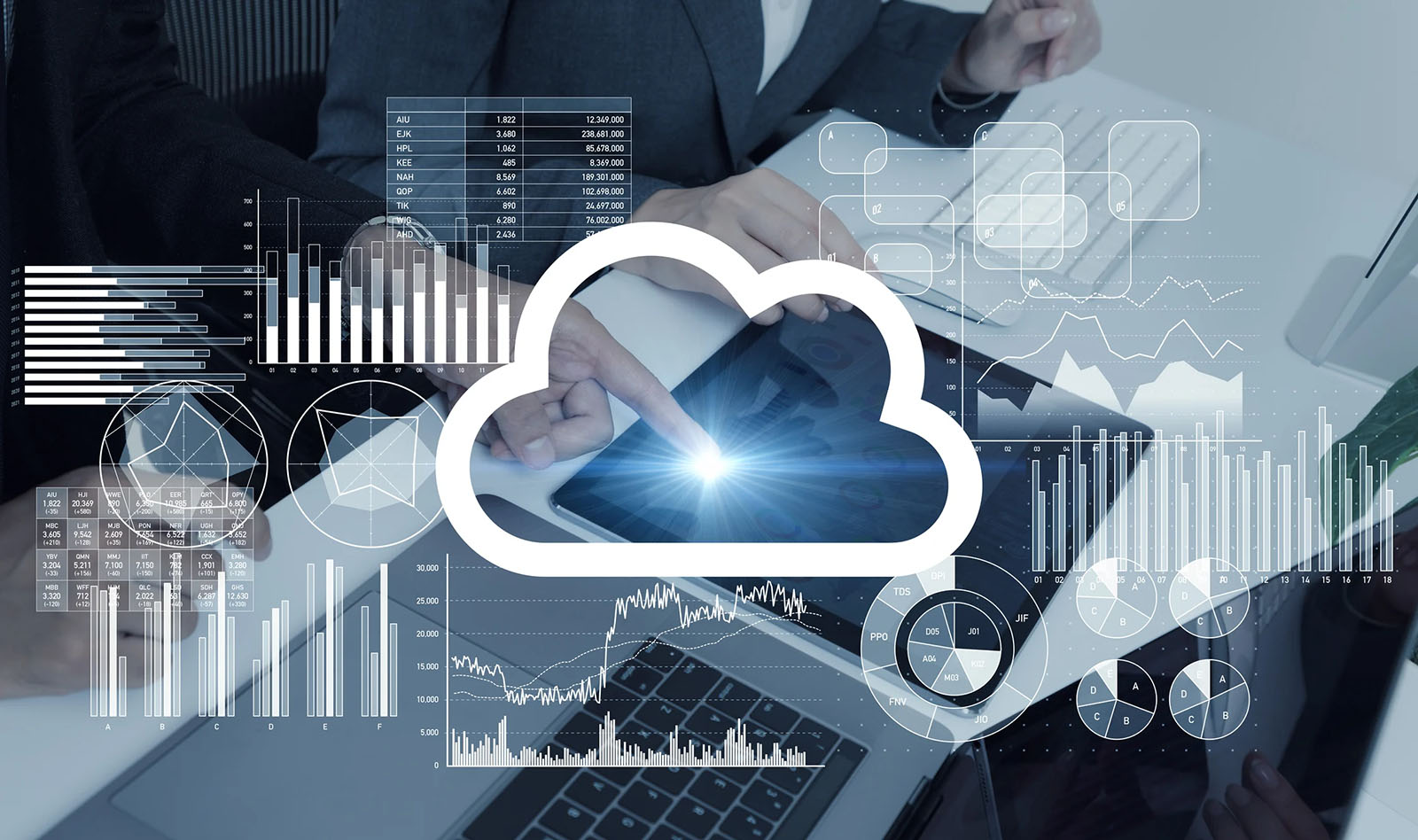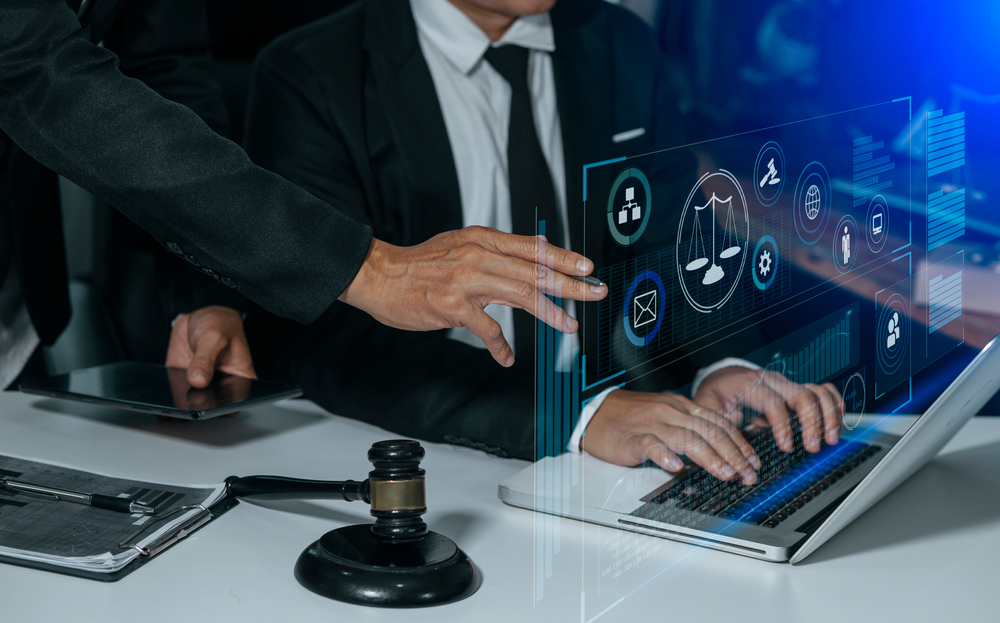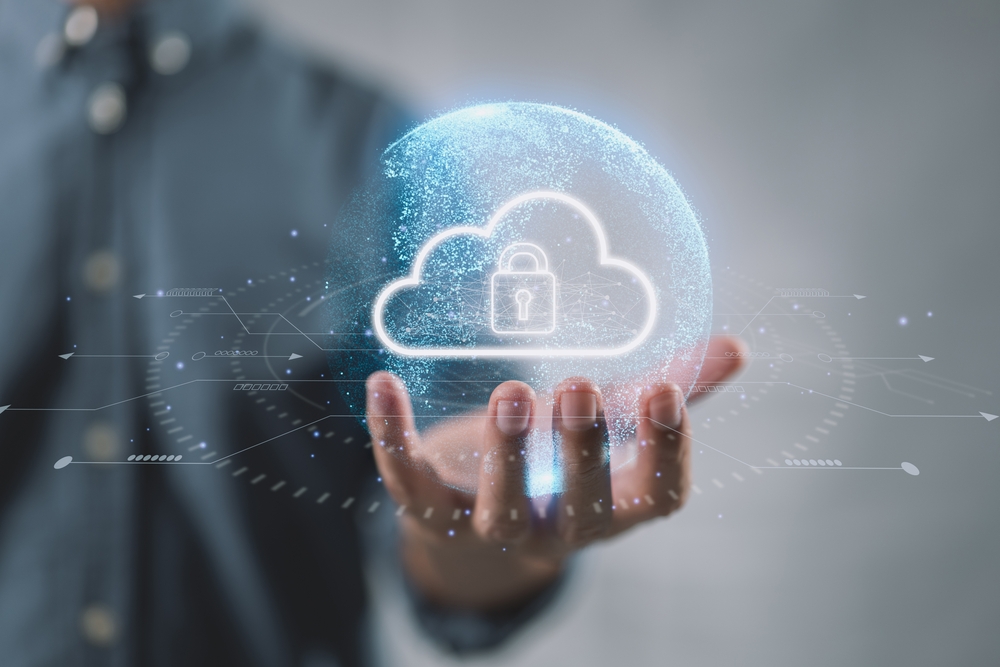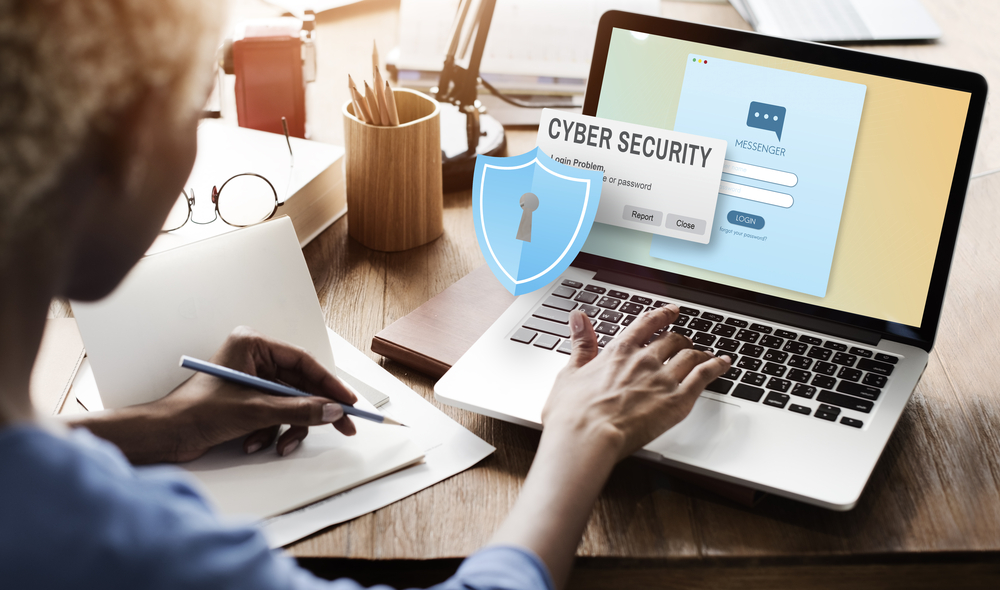Many firms have been turning to cloud for the myriad of benefits it brings. But attempting to move and maintain your firm on the cloud on your own will come with challenges and robust staffing requirements. A better solution would be to turn to a cloud service provider that can offer your firm more than an internal team alone, while also easing your IT concerns. Partnering with a good cloud service provider ensures your firm’s productivity and security while allowing you to focus on your business and clients. Here are the top 5 ways that working with a cloud service provider gives you more than an entire in-house IT department.











